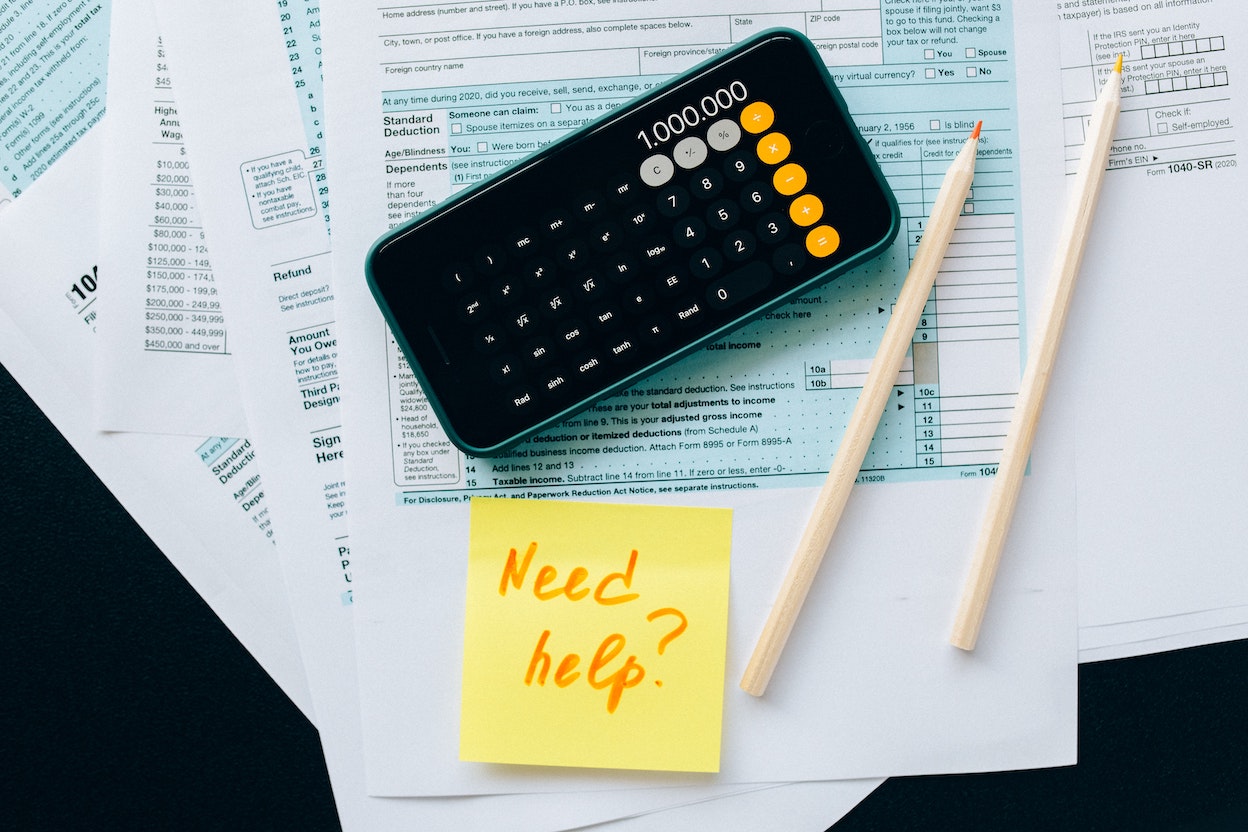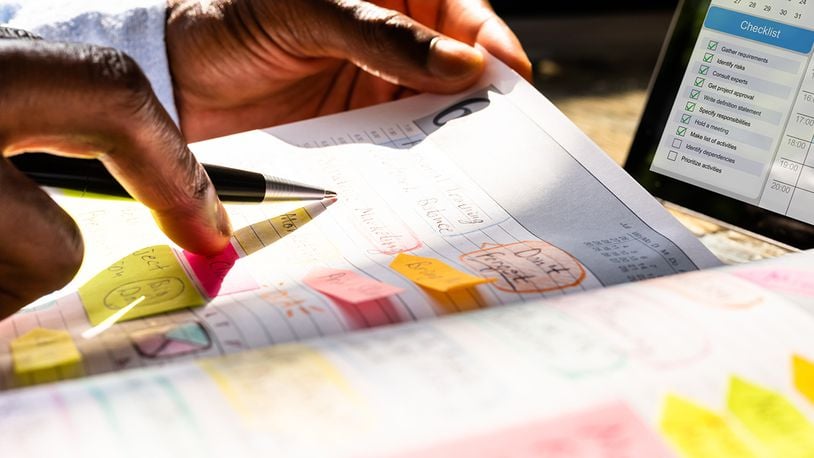Provisional Tax is all about income over and above any income you have that is taxed as normal. It shows on your tax return as Residual Income Tax, but how does provisional tax work?
This means that while you are earning a salary or wage and paying PAYE, or be in business and paying business tax and personal tax you may also be earning interest on an investment, and/or rental income, or income from anywhere else - it all adds up to your total taxable income, yet you have only had PAYE deducted in the way of tax and maybe some other rebates and a few tax credits and GST. The left over income is taxed as appropriate and is called Residual Income Tax (but it hasn’t yet been paid) and if that amount is over $2,500 – you have to pay Provisional Tax for the following year.
You can decide to pay Provisional Tax voluntarily if you think you might be in this position. Voluntary payment is a way of meeting tax costs during the year rather than waiting until you get a bigger tax bill at the end of the year. Plus by doing this you can avoid something called Use of Money Interest payments (UOMI) where the IRD wants to discourage people from ‘using them as a bank’ and not paying enough provisional tax to cover the full tax amount.
It’s all about that $2500…tax still owing…
Find more videos on our YouTube Channel HERE
How do I work out Provisional Tax to pay? What if I am registered for GST?
GST registered or not the two general options are –Standard and Estimation.
The Standard is the default option, if you like, meaning that if you don’t opt for an option that is the one the IRD will apply.
Standard Option – takes your previous year’s income and adjusts it – if you are still working on 2013 tax they will add 5% on to your residual tax amount from the year before and that will be the residual tax they will apply as Provisional Tax.
Remember the $2500? - If the sum of your residual income tax is less than $2500 you don’t have to pay Provisional Tax.
Estimation Option – This is the alternative – you can estimate what your residual income tax will be – you need to make sure you are doing it right otherwise you may not pay enough Provisional Tax and attract that UOMI mentioned above. The good thing is that if it looks like your estimate is a bit short, you can change it as many times as you like to adjust and correct it up until the last installment date.
When to pay?
7 May, 28 August and 15 January are the payment dates for provisional tax and they are aligned with GST payment dates for those months as well. So three times a year you will be paying more than GST on those dates.
Click to download your 2019-2020 tax due date digital calendar
What other Options are there?
You can look at using another calculation method if you are GST registered. This one is called the Ratio Method. With this method you have to pay Provisional Tax along with your GST payments. This is available as a means of aligning your payments with business cash flow and is based on a percentage of your GST taxable supplies. This is not as straightforward as you may think and good advice would be to ask an accountant to help with this one. You have to have been in business for two whole tax years and residual income tax has to be between $2500 and up to $150,000, plus you can’t be in a partnership and you have to be on 2 monthly GST….it may not suit you and you may need advice on how it will affect your business – the calculation is done by the IRD. (Also – if you find this one difficult to handle – you can stop and change to one of the other methods, before the first tax payment is due as long as you tell the IRD).
What if my income is not as much as I thought and I’ve paid too much Provisional Tax?
You will get a refund or you can transfer it to the next payment – you need to check and ask.
Whatever you choose to do, you would be well advised to seek some professional guidance to make sure you are doing the right thing for you and your business with Provisional Tax payments. Accountants have systems set up to help with working out and paying Provisional Tax and it pays to get it right.
.png?width=726&name=GETTING%20YOUR%20ACCOUNTS%20READY%20FORTHE%20END%20OF%20THE%20FINANCIAL%20YEAR%20(1).png)



